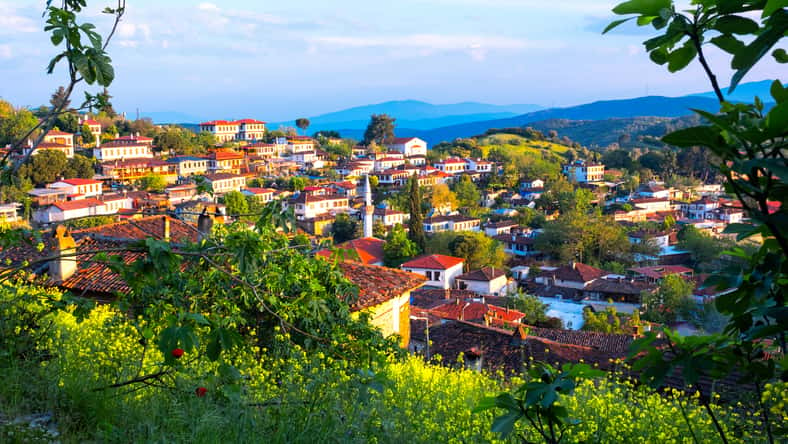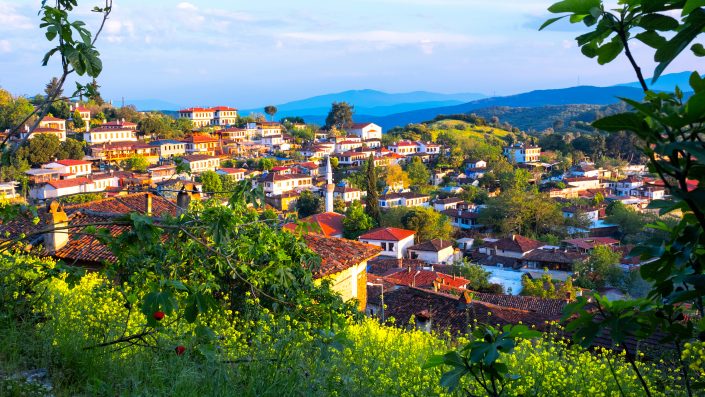During An Excavation In Turkey, Archaeologists Recently Uncovered Remarkably Well-Preserved Brain And Skin Remnants From Two People Who Lived During The Bronze Age

While conducting an excavation in Turkey, a team of archaeologists discovered brain and skin remnants that were surprisingly well-preserved from two people who lived 3,700 years ago during the Bronze Age.
The excavation took place at Tavsanli Mound in Turkey’s Kütahya province, which is located in the west of the Anatolian peninsula.
When looking at it from above the ground, Tavsanli Mound resembles a heart shape. Therefore, it is referred to as the “Heart of Western Anatolia.” The mound is an especially significant archaeological site in Turkey because it is thought to be rife with information on how past cultures in the region communicated with each other.
According to the chairman of the archaeology department at Bilecik Seyh Edebali University, Erkan Fidan, the mound is the area’s oldest settlement and was probably the capital in the Bronze Age.
Fidan led the excavation and was accompanied by 25 experts working with the university and the Turkish Ministry of Culture and Tourism.
Researchers from the university have said that the latest findings mark the first time that skin remains have been found in the country. Although ancient brain remains had previously been discovered about four or five times in Turkey, they are still incredibly rare.
One set of remnants belonged to a young man between the ages of 15 and 18, and the other was a middle-aged man between 40 and 45.
Both sets of remains had been carbonized by heat, which is how the brain tissue inside the skull was able to be preserved. It also explains how skin found in one of the skeletons between the abdomen and chest could stay intact. Carbonization is a process in which material is converted into carbon through extreme heat during fossilization.
Experts believe that the city was attacked around 1700 B.C. and caused the entire place to burn to the ground. They also determined that the two individuals tried to flee during the attack when their homes were set ablaze.

HAYRULLAH – stock.adobe.com- illustrative purposes only
Now, archaeologists are looking into why exactly the city was attacked and who the perpetrators may have been. Between August 30 and September 2 of this year, the latest findings were presented at the European Association of Archaeologists conference. The conference was held in Belfast, Northern Ireland.
If true crime defines your free time, this is for you: join Chip Chick’s True Crime Tribe
How To Decorate Your Home In The Art Deco Style
Sign up for Chip Chick’s newsletter and get stories like this delivered to your inbox.
More About:News





